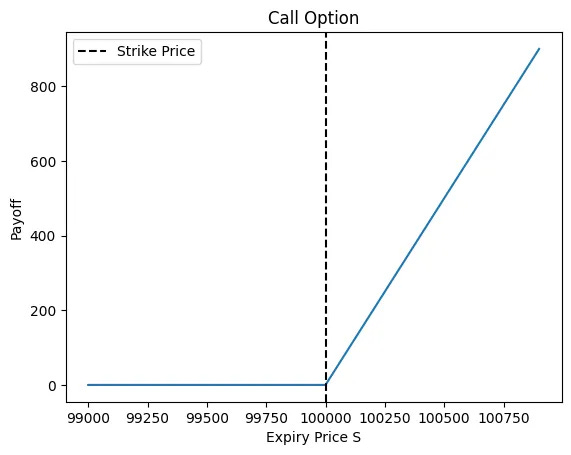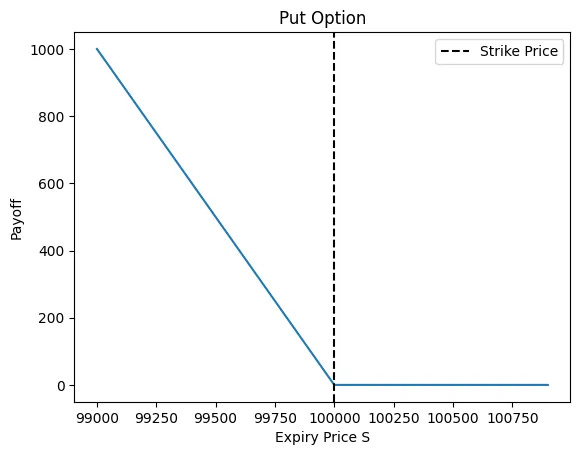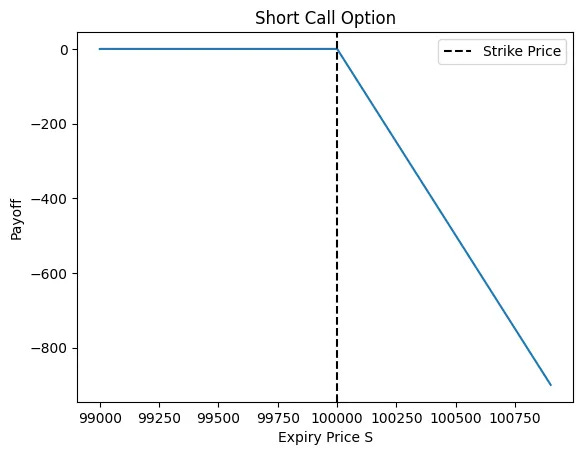Option Pricing Basics
Risk neutral valuation and discrete models
An options contract gives the buyer the right to buy or sell (call or put) the underlying asset at an agreed upon price and time.
With european options we only have that right at expiration while with american options we have the right before expiry as well making american options harder to price. Whenever we don’t explicitly talk about american options in this article you can assume that we are talking about european options.
Well if I want to buy the right to buy BTC at $100.000 on 01/03/2025, how much should that be worth? This is what option pricing models tell you!
There are a lot of misconceptions when it comes to options pricing and some confusing topics like risk-neutral probabilities.
We will explain them simply and intuitively in this article!
Table of Content
Payoff of an Option
Present Value
Option Price NOT equal Expected Payoff
Algebras, Filtrations and Martingales
Multi-period Binomial Model
American Options
Exotic Options
Multi-Asset Options
Final Remarks
Payoff of an Option
Let’s say you decide to buy a (european) BTC call with a strike price of $100k.
If BTC expires above $100k you would exercise your right to buy BTC at $100k and then immediately sell it for the spot price. Your payoff becomes S-K where S is the expiry price of the underlying and K is the strike price of the call.
If BTC expires below $100k you wouldn’t exercise your right to buy it at $100k since you can buy it for less so your payoff is simply 0.
Therefore for a call with strike price K the payoff is: max(S-K, 0)
A put option gives you the right to sell the underlying at the strike price K so with the above logic the payoff becomes: max(K-S, 0)
Options are obviously not free so your total pnl will be: payoff - price of the option
As you can see with options you are limited to a loss of the price of the option and are not limited on how much you can make.
When selling an option this turns around, you earn at most the price of the option (that you receive immediately) but have unlimited downside.
Call writer payoff: min(K-S, 0)
Put writer payoff: min(S-K, 0)






